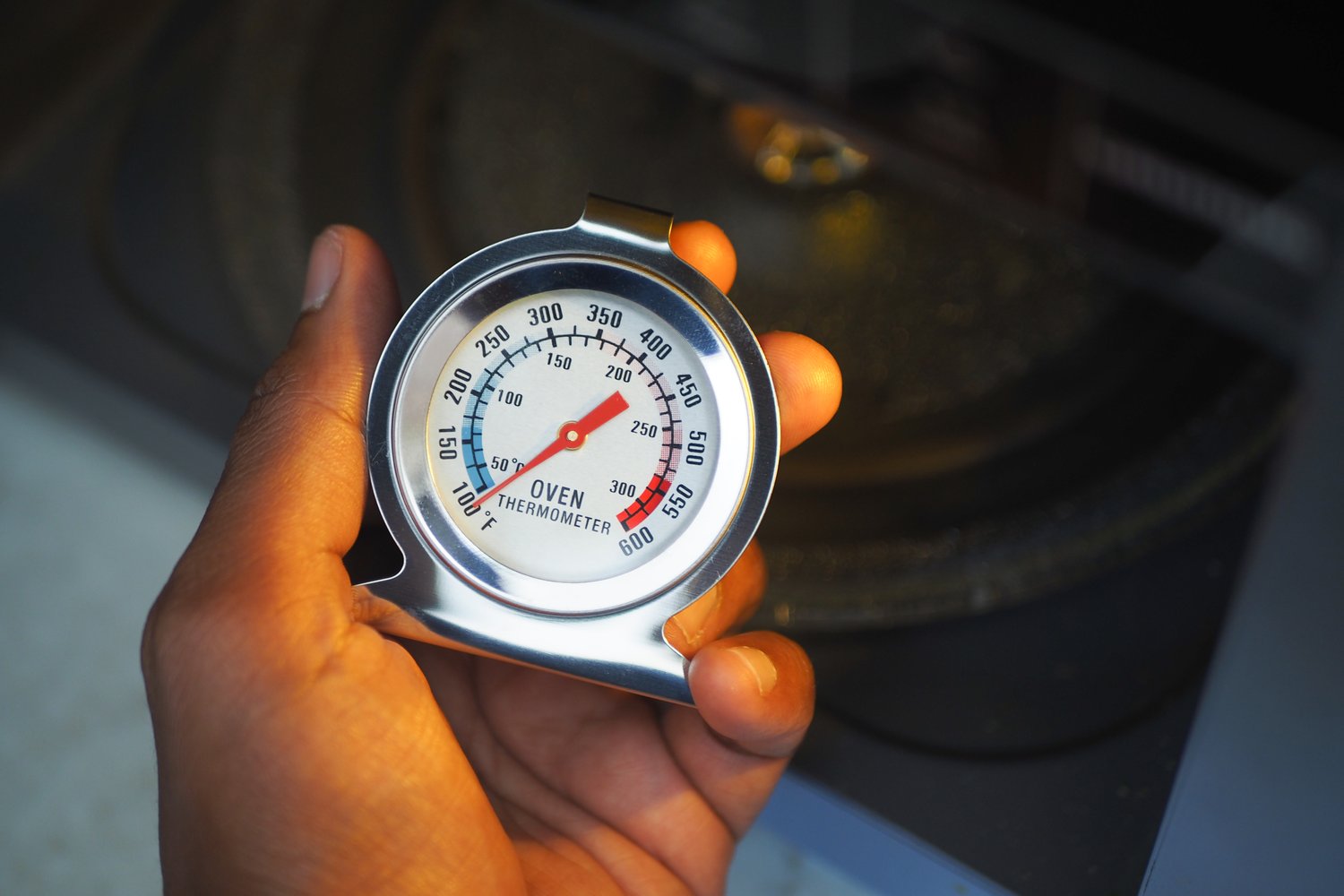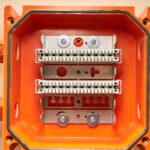Picture this: you open your refrigerator, and the air feels lukewarm, or even worse, your milk has frozen solid. These aren’t just annoying glitches; they could potentially waste food and impact your appliance’s longevity. Navigating the intricacies of your fridge’s temperature control system is less daunting than it sounds, and understanding these issues ensures your food remains fresh and your energy bills reasonable.
- Learn about the factors that affect your refrigerator’s temperature control, including common culprits like faulty sensors or power surges.
- Discover step-by-step methods to diagnose whether the problem lies within your appliance’s thermostat, compressor, or ventilation system.
- Explore practical, effective solutions for temperature control issues, from simple settings adjustments to vital maintenance tasks.
Delve into this guide to not only tackle existing problems but also equip yourself with preventative measures, ensuring your refrigerator serves you efficiently for years to come.
Understanding Refrigerator Temperature Control Issues
Refrigerator temperature control is a key factor in maintaining food safety and extending the lifespan of your appliance. Several elements can disrupt this delicate balance, leading to inefficient cooling and potential spoilage.
One common issue is faulty sensors. These sensors are responsible for detecting the internal temperature and communicating it to the control system. If they fail, the refrigerator might not cool adequately or overcool, adversely affecting your food.
Power fluctuations are another culprit. They can cause sudden changes in temperature settings, impacting the refrigerator’s efficiency. It’s important to ensure that your appliance has a stable power supply to prevent these shifts.
Lastly, the user settings play a crucial role. Misconfigurations or accidental adjustments can lead to inappropriate temperature levels. Thus, regularly checking and maintaining the settings according to the manufacturer’s guidelines is essential for optimal performance.
Diagnosing the Problem: Identifying Temperature Control Issues
Knowing how to diagnose refrigerator temperature control issues can save time and prevent further complications. Several components often fall under suspicion when dealing with these problems.
The thermostat is typically the first element to check. This device regulates the temperature and can be prone to wear and tear over time. A malfunctioning thermostat can result in inconsistent cooling, so consider testing its settings and responsiveness.
The second component to analyze is the compressor. This part is integral to the refrigeration cycle, circulating coolant throughout the system. Listen for unusual noises or vibrations from the compressor that might indicate a fault.
Lastly, inspect the ventilation system. Blockages or inadequate airflow around the refrigerator can lead to uneven temperature distribution. Ensure that vents are clear and positioned according to the manufacturer’s recommendations to promote efficient airflow.
Fixing Refrigerator Temperature Control Issues Efficiently
Ensuring your refrigerator maintains the correct temperature is essential for food safety and the appliance’s energy efficiency. If you encounter temperature control issues, it’s vital to address them promptly to prevent food spoilage and higher energy bills. This section provides practical solutions to common refrigerator temperature problems.
Adjusting Temperature Settings: One of the simplest solutions is to check and adjust the thermostat settings. Ensure the temperature controls are set between 37°F (3°C) and 40°F (4°C) for the fridge and 0°F (-18°C) for the freezer. Consider using a refrigerator thermometer to verify these settings and make precise adjustments.
Cleaning the Condenser Coils: Dirty condenser coils can hinder proper cooling by making the compressor work harder. Regularly clean these coils, typically found at the back or beneath the refrigerator, using a vacuum cleaner or a coil brush. This maintenance can significantly improve cooling efficiency and extend the life of your appliance.
Checking and Replacing Faulty Parts: If temperature issues persist, inspect components such as the thermostat, compressor, and fans. A malfunctioning thermostat may fail to regulate temperatures correctly, while a faulty compressor can impede cooling altogether. Replacing these parts can restore optimal performance. Consult your refrigerator’s manual or contact a professional for guidance on replacements.
By implementing these solutions, you can resolve refrigerator temperature control issues efficiently, ensuring your appliance operates effectively and your food remains fresh.
Frequently Asked Questions: Refrigerator Temperature Control
Why is my refrigerator not cooling properly?
Your refrigerator may not cool properly due to faulty sensors or a malfunctioning thermostat.
How can I tell if my refrigerator thermostat is broken?
If your fridge is too cold or warm, it may indicate a broken thermostat. Check for inconsistent temperatures.
What should I do if my fridge compressor isn’t working?
Test the compressor relay and overload protector; if they are fine, the compressor itself might need inspection.
How often should I clean refrigerator coils?
Clean refrigerator coils every 6 months to ensure efficient cooling and prevent potential issues.
What can cause a sudden refrigerator temperature fluctuation?
Sudden power fluctuations or blocking of ventilation passages can cause temperature changes.





